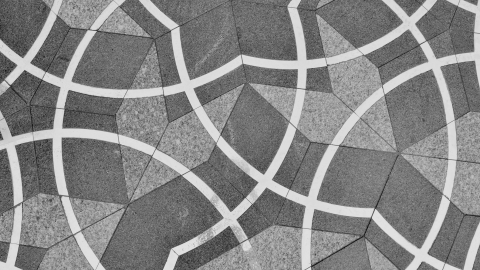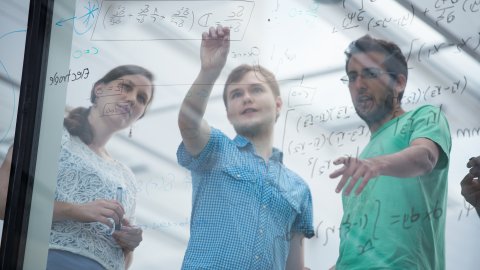Visual recognition of facial expression
Abstract
The first half of the lecture will begin by reviewing what is known about the
neural representation of faces in the primate visual system. How does the
visual system represent the spatial structure of faces, facial identity and
expression? We then discuss how depression is associated with negative
cognitive biases in the recognition of facial expression, whereby depressed
people interpret facial expressions more negatively. The second half of the
lecture presents computer simulations aimed at understanding how these facial
representations may develop through visual experience. We show how neural
representations of expression are linked to particular spatial relationships
between facial features. Building on this, we show how the synaptic connections
in the model may be rewired by visual training to eliminate the negative
cognitive biases seen in depression.




